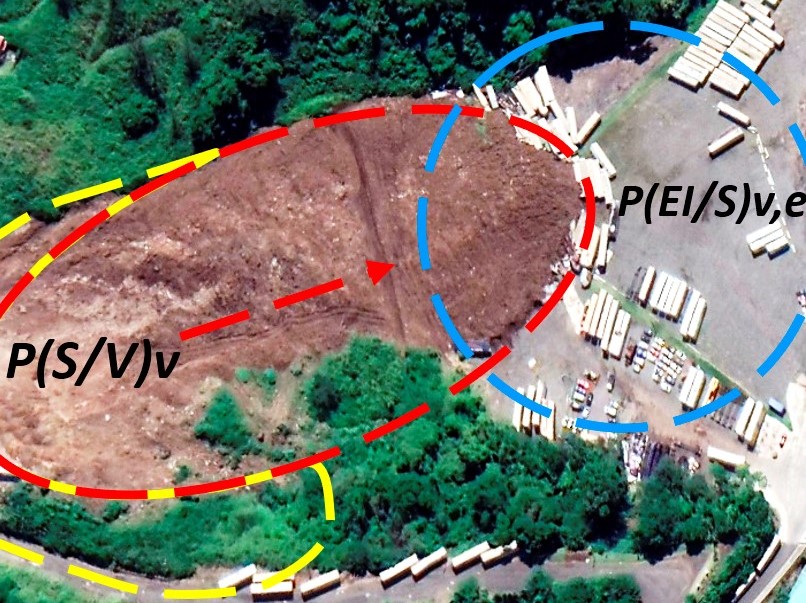Resumen
Si el escenario de que el calentamiento global antropogénico (CGA) aumentaría las precipitaciones en algunos microclimas, podrían modificarse a mediano y largo plazo, los procesos de la geodinámica externa. En áreas con equilibrios hídricos inestables, CGA se superpondría a la variabilidad climática y otros factores naturales y antropogénicos: vulnerabilidad, terremotos, volcanismo, expansión urbana e infraestructural, El Niño-La Niña/ENOS, degradación de tierras. La inestabilidad de laderas sería más destructiva social, ambiental y económicamente, por lo cual conviene redefinir las prioridades de las políticas públicas, toma de decisiones y gestión del riesgo. Se propone un procedimiento analítico para áreas con microclimas influenciados por el CGA en donde aumentarían la intensidad, duración, frecuencia, volumen de las lluvias y el desequilibrio hídrico. Asimismo, ascenderían progresivamente el nivel freático y la presión intersticial, y las lluvias intensas críticas reducirían su período de recurrencia. La gestión del riesgo, apoyada en la geotecnia, deberá centrarse en acciones que reduzcan y transfieran el riesgo y disminuyan la vulnerabilidad, como mejor instrumento de adaptación para contrarrestar cualquier amenaza.
##plugins.facebook.comentarios##

Esta obra está bajo una licencia internacional Creative Commons Reconocimiento-NoComercial-CompartirIgual 3.0.
Derechos de autor 2023 Sergio Mora






